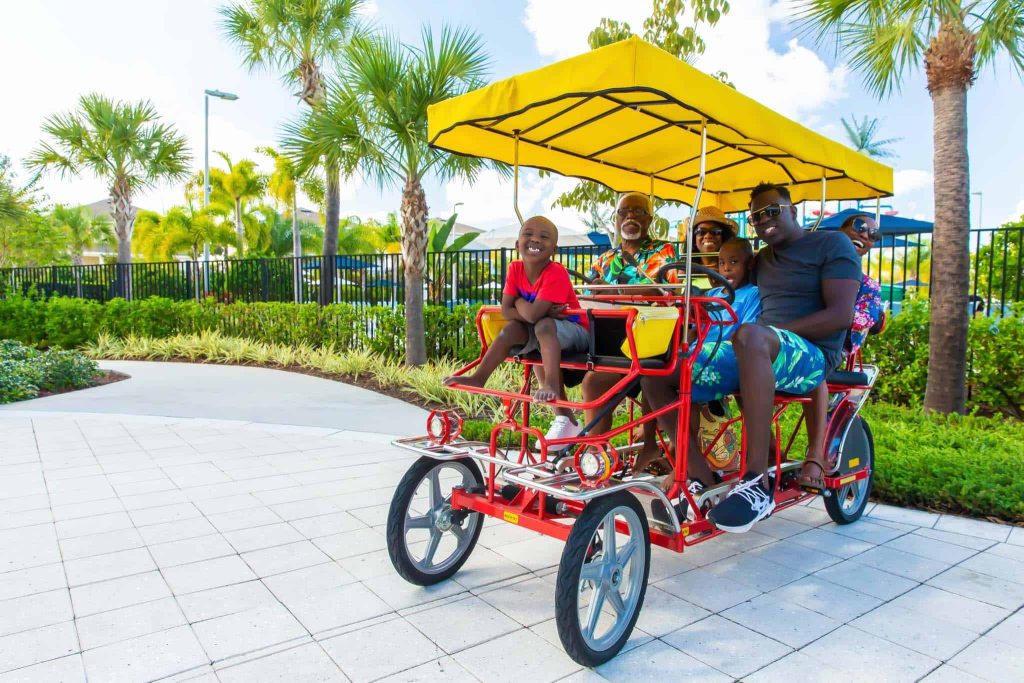In the ever-evolving landscape of urban transportation, quadricycles have emerged as a game-changer, offering a novel solution to the challenges of city commuting. As urban areas continue to grapple with traffic congestion, pollution, and the need for efficient, eco-friendly transport options, quadricycles present a compelling alternative to traditional vehicles. Quadricycles are small, four-wheeled vehicles designed for urban environments. They often resemble a cross between a scooter and a car, with a compact size that makes them ideal for navigating tight city streets. Unlike traditional cars, quadricycles typically have a lightweight design, which contributes to their efficiency and maneuverability. They come in various forms, from electric models to those powered by small internal combustion engines.
Efficiency and Maneuverability – Quadricycles are built for urban environments where space is at a premium. Their small size allows them to weave through traffic and park in tight spots, which is a significant advantage in crowded cities. This enhanced maneuverability reduces travel time and minimizes the stress associated with congested roads.
Environmental Benefits – Many quadricycles are electric, which aligns with the growing emphasis on reducing carbon emissions. By substituting traditional fuel-powered vehicles with 4 wheel bike, cities can make substantial progress towards cleaner air and a reduced carbon footprint. Even those with small internal combustion engines generally have better fuel efficiency compared to conventional cars.

Cost-Effectiveness – The lower purchase price of quadricycles compared to full-sized cars makes them an attractive option for budget-conscious consumers. Additionally, their reduced running costs such as lower fuel consumption and maintenance expenses further enhance their financial appeal.
Reduced Traffic Congestion – By incorporating more quadricycles into urban transport systems, cities can alleviate traffic congestion. Their compact size allows for more efficient use of road space, and they often have the ability to use dedicated lanes or paths designed for smaller vehicles.
Enhanced Accessibility – Quadricycles can improve mobility for people who might not have access to traditional vehicles. They provide a viable transportation option for those who are unable to drive a full-sized car due to age, disability, or other factors. Their ease of use and minimal driving requirements make them an accessible choice for a broader range of individuals.
In some regions, Motrike quadricycles face stringent regulations that can limit their adoption. As the technology and popularity of quadricycles continue to evolve, there may be a need for updated regulations that better reflect their role in modern urban transport. Quadricycles represent a promising step towards more sustainable and efficient urban transportation. As cities strive to become greener and more livable, integrating quadricycles into the public transport mix could play a pivotal role. Their ability to navigate congested streets, reduce environmental impact, and offer an affordable transportation solution aligns with the goals of modern urban planning. Quadricycles are not just a passing trend but a significant advancement in the way we think about city travel. As technology progresses and urban infrastructure adapts, quadricycles are poised to become an integral part of the urban mobility landscape, helping to shape a cleaner, more efficient future for our cities.